If you are contemplating phasing a construction project, I assume you plan to be in that house for at least 10 years, if it will be worth the time it takes to design, temporarily move, build, and re-occupy your home. Phasing is a lot like a puzzle with the exception that there is more than one way to put the pieces together. If done successfully, it can be a great way to break up what would normally be an unattainable goal into smaller manageable pieces, resulting in an amazing new home that you can enjoy for many years to come.
Phasing consists of three main parts:
1. Determine your LONG TERM priorities:
· Determining your priorities for phasing is a bit different than determining priorities for a one time project. (Link: Make sure to read my blog about determining your priorities.) If you are going to go through the process of breaking up your goals into multiple phases, you need to be darn sure your goals are all-encompassing. You would hate to complete Phase 1 and realize that you should have designed the new Kitchen to allow for future French doors to a future deck. By all-encompassing, I really mean all-encompassing.
· Don’t forget to think LONG TERM about the long term:
o Are you going to retire here?
o Do you or anyone who might live in your house need special physical assistance? If so, do you currently have stairs that if climbing them proved difficult, half the house would not be readily accessible?
o Do you have an entrance without steps?
o Is it worth it to you to design your Kitchen and/or Bathrooms such that they could be easily retrofitted to accommodate a wheelchair?
o Should hallways be designed slightly wider than you might first anticipate, also in consideration for future wheelchairs or walkers?
o I realize this might not be pleasant to contemplate, but you MUST think as far in advance as possible so that 5 years after your massive multiple-phased construction project is complete, you aren’t forced to move because you didn’t consider these types of needs.
2. Work with an architect to create a MASTER PLAN.
· All of your priorities and ideally, all or most of your wish list items, will be designed into one comprehensive Master Plan. We don’t determine the design based on the phasing. Instead, we layout everything just the way you want it and THEN figure out the best way to phase it. You should not only know your priorities, but provide them in list format in order of importance to your team as noted in my blog about priorities. If your architect or contractor makes a suggestion to save some money, you can always entertain it, but typically with this you want everything down on paper before you determine the phasing strategy or what, if anything, to cut.
· I recommend including more of your wish list items than you may have otherwise been able to in a non-phased project, because if you are going to bother stretching it out, and living there for the long haul, you might as well phase in as many things as possible that will ultimately create your perfect oasis. You may not have originally thought you were even going to tell your architect about the outdoor Kitchen you hoped to have when the project was long over, but I encourage you to literally include EVERYTHING. You can always cut things from the scope, but if your architect doesn’t even know about it, she can’t make suggestions like running and capping off an extra gas line to the back yard for that future amazing grill. Make sense?
3. Work with both your contractor and architect to nail down the best phasing strategy.
· Keep in mind that just because you have $200k to spend on phase one, and in 5 years you will have another $200k for Phase 2, doesn’t mean that the most efficient use of your money is to spend all $200k in Phase 1. It might behoove you to spend only $100k upfront and wait to group certain things together in Phase 2 when you spend the remaining $300k. Again, clarifying your priorities to your team will direct this process. Don’t be afraid to ask questions and think outside the box. Challenge your team to consider all variables that are important to you. Would you like to host a holiday party and need Phase 1 to be completed by a certain date? Do you have family staying with you for the summer? Do you have severe allergies, such that instead of trying to live in the house to save money during construction, maybe you want to group together certain air contaminating phases while you reside elsewhere for a portion of time? Sometimes these types of non-project specific issues that wouldn’t have necessarily made it to your list of construction priorities, need to also be taken into consideration. Don’t be afraid to voice anything and everything, but just ensure that everything is written down. There are so many variables specific to each project that you cannot assume that just because you mentioned your summer guests to your team that it, along with everything else, will be remembered and taken into consideration when it counts.
This can be a challenging process, so don’t forget that no question is a bad question. Also, keeping yourself excited about the end result will go a long way in maintaining your sanity during the project(s). I highly recommend that you keep all of the magazine pictures, Pinterest Boards, notes, photos, etc. that originally got you motivated enough to finally go for it, readily available so you can refer to them often and remind yourself of the perfect oasis that awaits you. It will be AMAZING.
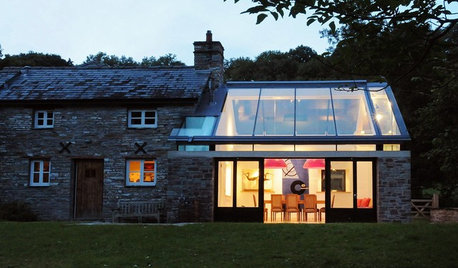
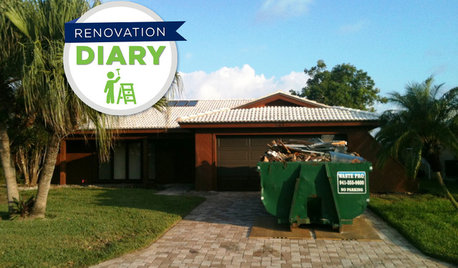
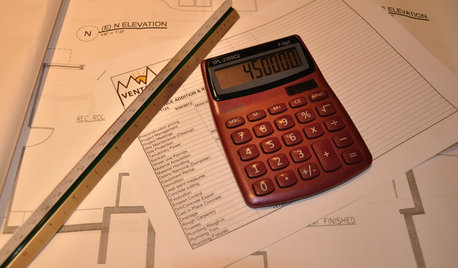
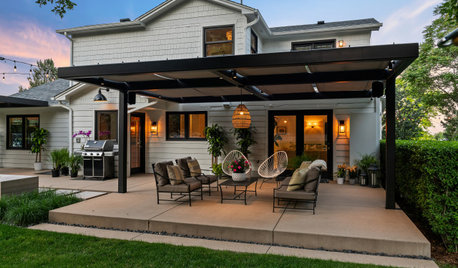


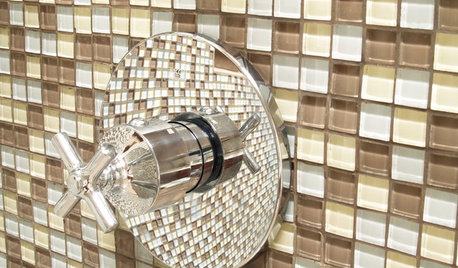
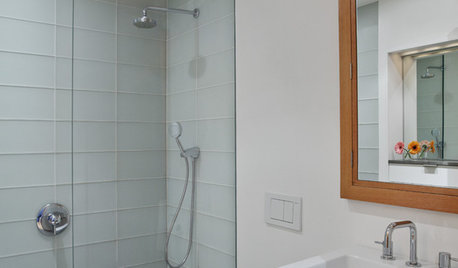
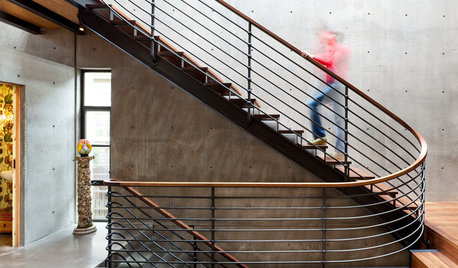
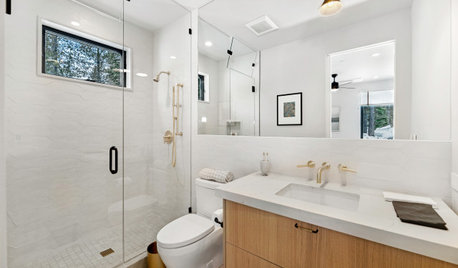






Related Professionals
Charleston Interior Designers & Decorators · Garden Acres Interior Designers & Decorators · Morton Grove Interior Designers & Decorators · Brushy Creek Architects & Building Designers · Hershey Kitchen & Bathroom Designers · Carlsbad Furniture & Accessories · Memphis Furniture & Accessories · Hawthorne Furniture & Accessories · Pinehurst Furniture & Accessories · Ashtabula General Contractors · Chowchilla General Contractors · Markham General Contractors · New Milford General Contractors · Vermillion General Contractors · Westerly General Contractors